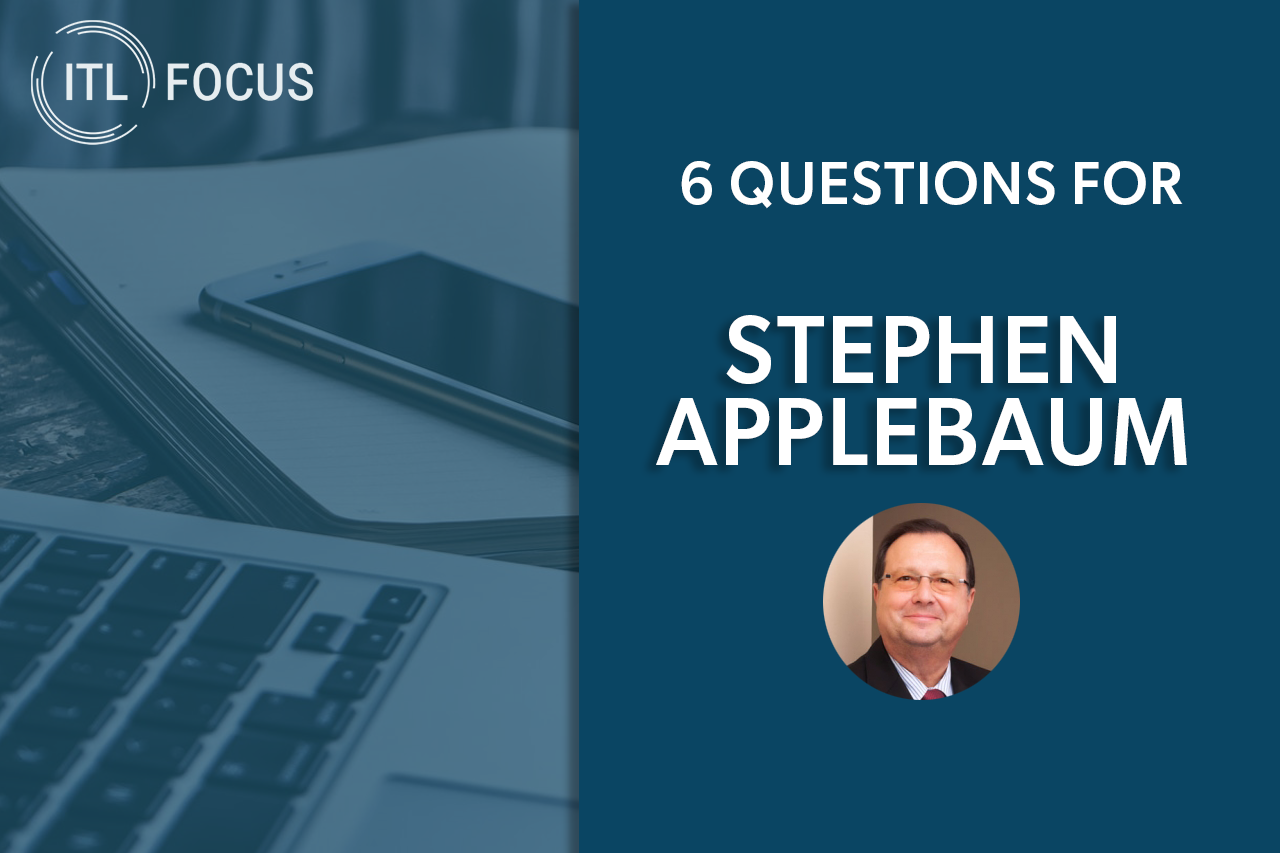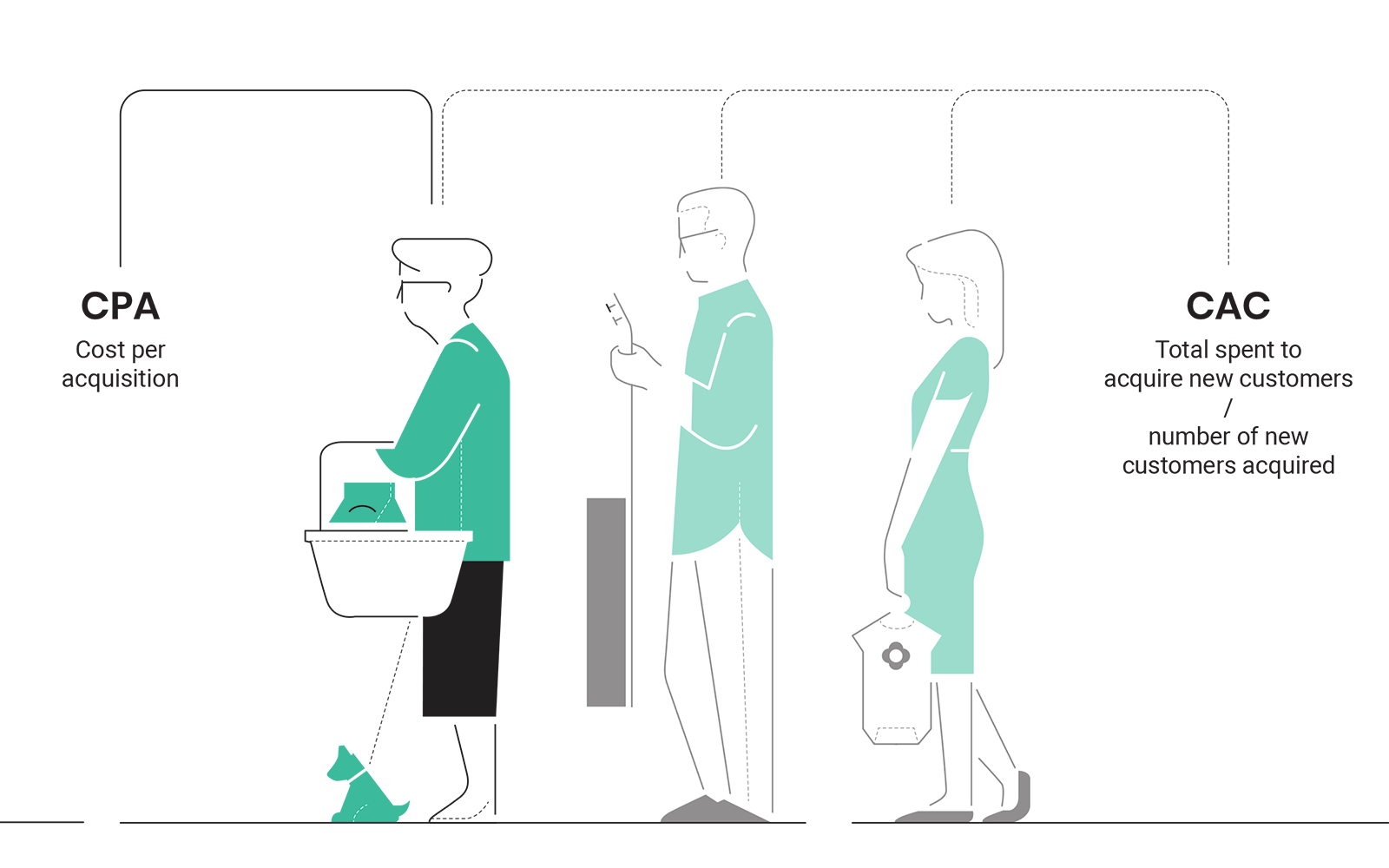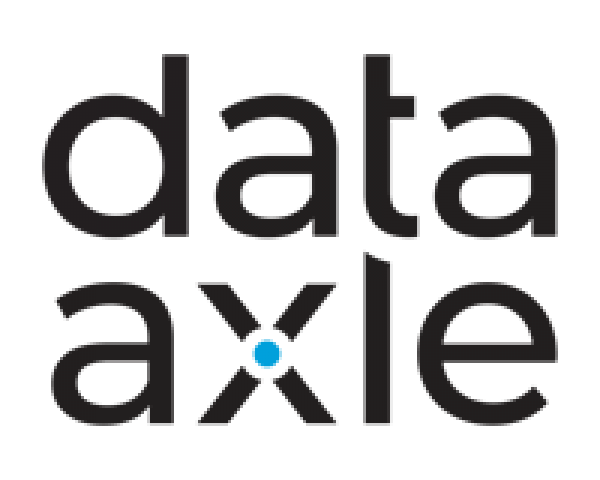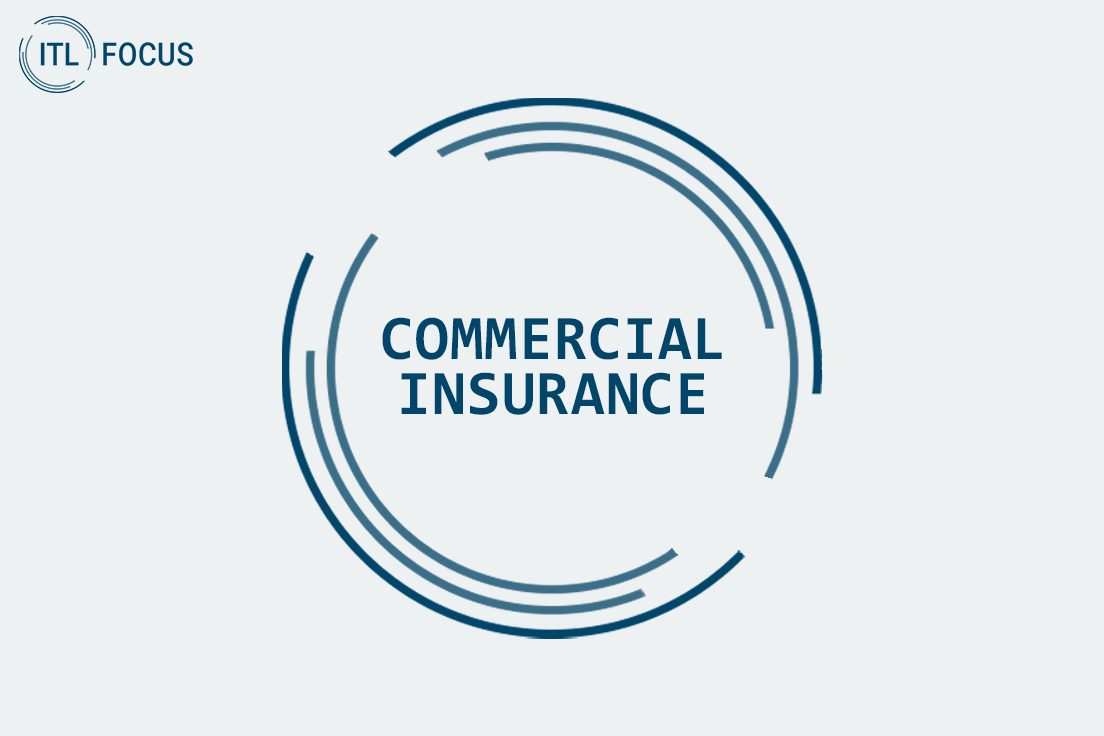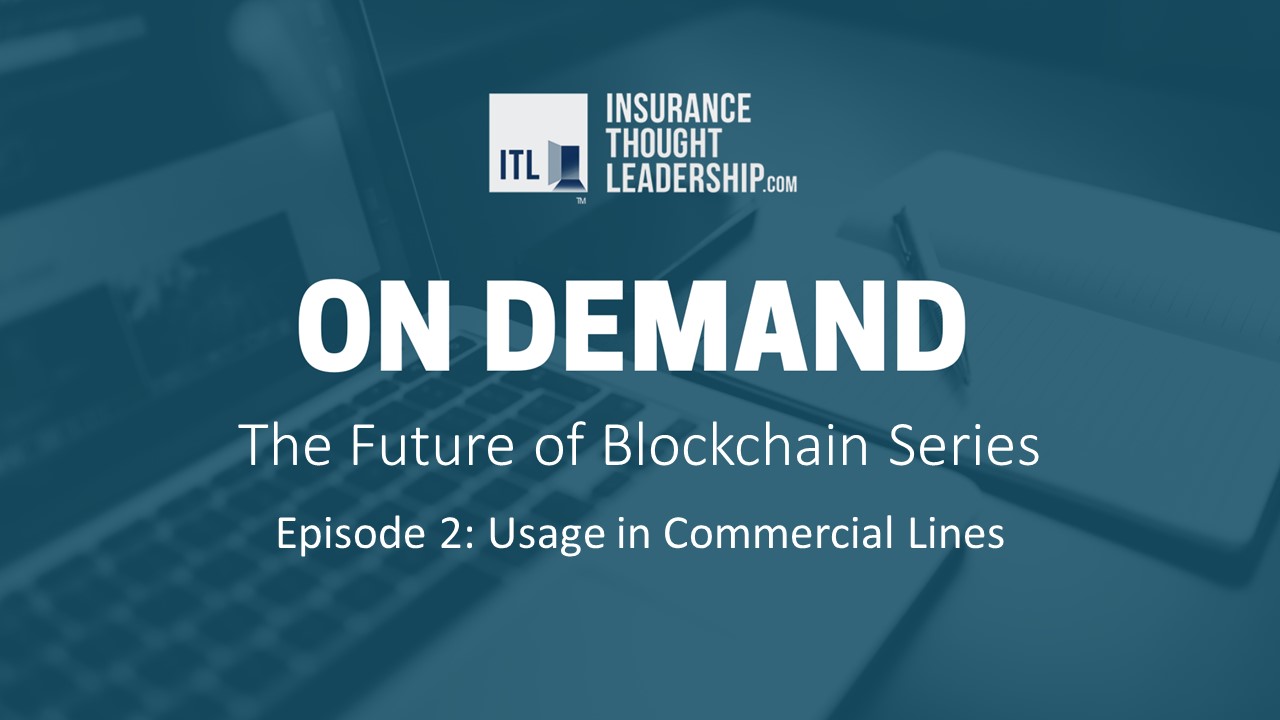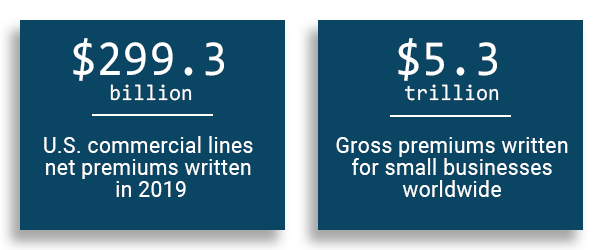As part of this month's ITL FOCUS on commercial insurance, we spoke with Stephen Applebaum, managing partner, Insurance Solutions Group, about the future impacts of technology in commercial lines.
What is the biggest change you expect to see in commercial lines in the next 12 months?
COVID-19 related claims, notably first-party property business interruption and third-party liability, will proliferate and create new distractions in commercial insurance once the complete extent of losses is tallied in 2021 and beyond, attracting growing attention from media, regulators and other public watchdog groups, further complicating commercial policy renewals and new business and challenging actuaries, underwriters, agents and brokers. Adoption of policy process automation, including automated underwriting workstations, will accelerate as carriers struggle to regain operating efficiency while managing risk more accurately.
Connected auto, home and business insurance models will begin to see meaningful adoption. Telematics program adoption, featuring innovative partnerships will explode in commercial auto insurance for fleets, especially small business, offering more compelling value propositions focused on driver safety/behavior modification, rewards and fleet and asset management benefits. Commercial property will follow this trend.
In the next five years?
Distribution channels will change and multiply dramatically. Changing customer expectations and behavior will drive insurers to develop more robust multi-channel distribution. New and increasing competition will push insurers to develop new digital models and partnerships designed to make the insurance selection and purchase process fully seamless. While agency writers still hold a ~70% commercial P&C market share, the number of independent agencies will continue to decline as new direct distribution channels and channel consolidation grows, both fueled by expanding private equity and venture capital investment. Many exclusive and captive agencies will convert to independent agencies. Also, carriers and brokers will pursue more cross-border and geographic expansion through M&A and partnerships to drive scale.
An increasing percentage of work will be performed by artificial intelligence technologies, including machine learning and robotics process automation. Consequently, concern and public debate will ensue concerning the issues of bias and ethics in the design and use of AI, and governing standards will begin to emerge.
The demand for commercial cyber risk and liability insurance will continue to grow as digitization and mobility further penetrate communications. Insurers will adopt a variety of growth strategies, including innovative partnerships, alliances and collaborations, new products and enhancements, as well as M&A to achieve growth and presence in the cyber insurance market. The global cyber insurance market size is projected by industry experts to grow by at least 20% annually from $8 billion in 2020 to well over $20 billion by 2025.
In the next decade?
Consolidation of the North American agent and broker channel, will continue unabated as private equity investors seek attractive returns through deployment of historically high levels of “dry powder” as investment fund sizes continue to break records.
Technology will continue to enable innovation and process transformation through 2030, including;
- completely digital quoting processes for retail agents and brokers
- deployment of e-signature solutions that will satisfy all compliance concerns and create a standardized process across all lines of business
- connected vehicle technologies that will alter the commercial auto insurance landscape and give auto makers an important role in insurance sales, distribution and claims
- connected home and business technologies that will similarly transform the commercial property landscape
- the commercial insurance claims process will evolve much as did personal lines claims; claims ecosystems and platforms will form that enable much shorter claims cycle times, better outcomes for carriers and customers and greater visibility into claims vendor performance.
What are the three technologies you think will play the biggest role in driving change -- perhaps one for each of the three time periods?
Technologies driving change over the pre-defined time periods:
NEXT 12 MONTHS |
|
NEXT 5 YEARS |
|
NEXT DECADE |
|
Please pick a technology mentioned and describe in a bit of detail how that will play out.
Digitization will fuel virtualization much like the conversion of data from analog to digital form enabled all of the many information management solutions. As digitization continues to expand across each operating segment of the insurance enterprise, it will spawn innovation of virtual processes to improve upon and replace formerly manual, stubbornly long, costly, complex and inefficient ones. Ultimately, the commercial insurance industry will sell more profitable, lower-cost, innovative protection products and services such as hyper-personal, parametric and variable interval insurance through seamless, direct-to-customer distribution channels.
Through these technologies, the industry’s primary selling proposition will pivot from insurance products, risk and claims management to protection services, risk and claims avoidance.
What is the one trend you see people talking about today that you think WON'T pan out, at least within a reasonable period?
Expectations for 100% automated and touchless processes without any human involvement will go unrealized well into the future. A subset of non-routine and catastrophic claims will continue to call for expert human, empathetic handling. However, numerous repetitive processes not requiring human support or judgment will be automated using AI technologies, eliminating a significant number of industry positions – but many of the individuals impacted will be offered retraining and upskilling by their employers – thereby improving their job satisfaction and compensation levels.
We would like to thank Stephen Applebaum for participating in our ITL FOCUS interview series. To learn more about Stephen and read more of his articles, click here.
This interview is a part of the January 2021 ITL FOCUS: Commercial Insurance article. View the full piece here.


